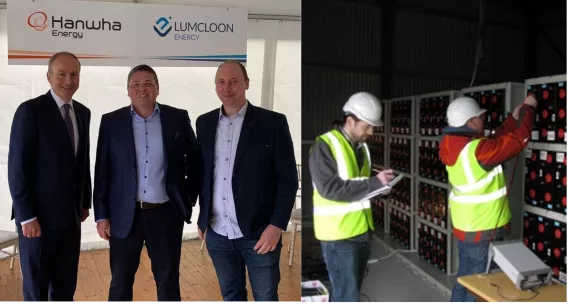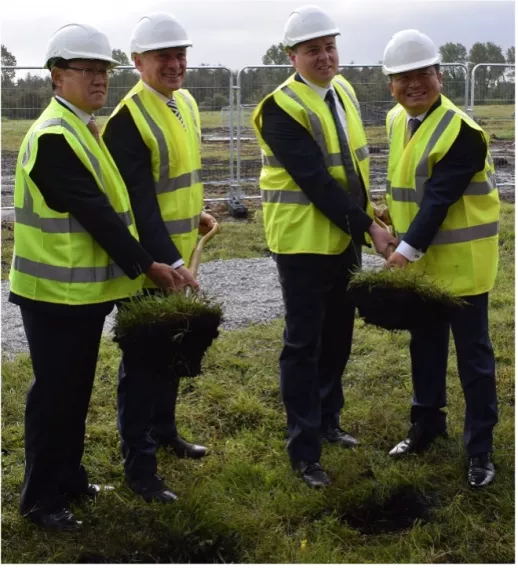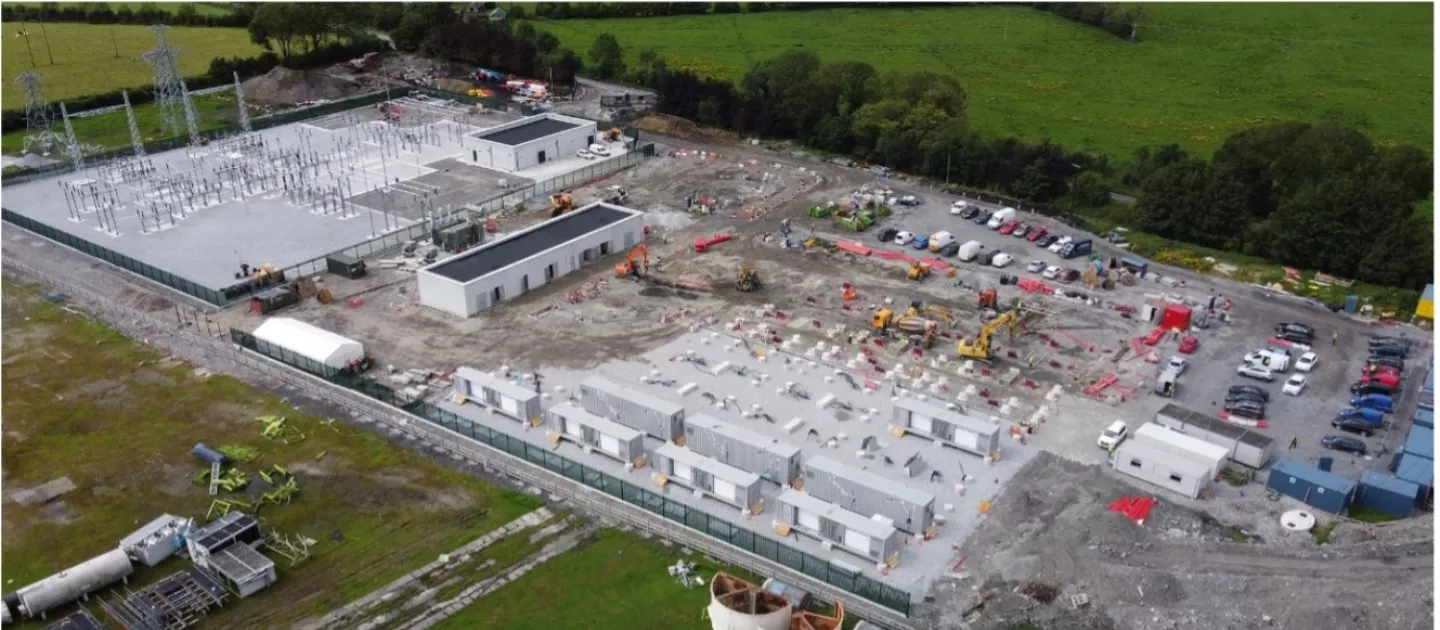Over 60% of Ireland’s anthropogenic carbon emissions come from the burning of fossil fuels for heat, electricity and transport. A suitable electricity grid that allows greater levels of power generation from renewables, and a more flexible dispatch of renewable energy, is essential if Ireland’s carbon emission targets under the European Union 2030 Climate and Energy Framework are to be met. Towards these challenges, Ireland’s Climate Action Plan aims for more than 70% of electricity generation to come from renewable sources by 2030. All of this is to be achieved while the average power being transmitted by our electricity grid increases to accommodate a greater demand (owing to our transition away from fossil fuels for heating and transport), our growing population, and our outgrowing per capita consumption. Our European partners have similar issues and have set similar goals. Because of our limited connections to other electricity grids, and because Ireland’s grid already includes high levels of power generation from renewables, our grid needs to be stabilised if it is to accommodate further energy from renewable sources.
Arising from a collaboration over the last 8 years between Robert Lynch’s group at the University of Limerick and Lumcloon Energy (LEL) over 265 MW of electricity grid stabilisation systems will be installed and commissioned in Co. Offaly by the end of 2023. The 265 MW of grid stabilisation facilities will allow greater levels of energy from renewables on the grid and thereby directly reduce Ireland’s greenhouse gas emissions. These facilities are located at former peat power plants that have a high connectivity to the electricity grid, allowing existing electricity infrastructure to be utilised – minimising carbon emissions associated with the installation of new networks – while redeveloping ‘brown sites’ for green energy infrastructure thus minimising the environmental impacts of this infrastructure.

LEFT: An Taoiseach Michéal Martin, CEO Lumcloon Energy Nigel Reams and Dr Robert Lynch at the recent ground breaking ceremony for the novel hybrid battery - synchronous condenser, 65-MW grid stabilisation system at Shannonbridge, Co. Offaly. RIGHT: Dr Nathan Quill and Dr Lynch testing the successful proof-of-concept, 0.4-MW hybrid flywheel-battery pilot system at Rhode, Co. Offaly.
These facilities will displace conventional power plants while increasing the overall reliability of the grid in an innovative and feasible way which complements the goals of the grid codes that have resulted from DS3. To date 200 MW of these facilities have come online and the remaining 65 MW hybrid synchronous condenser / battery facility will be completed in 2023 through a collaboration between LEL’s South Korean and European partners (Hanwha Energy Corporation and Siemens Energy, respectively). This facility is the first of its type in Europe. A combination of synchronous condensers and long duration batteries will enable additional service, including black restarting of the grid and a more efficient instantaneous inertial response that can by fully powered by energy from renewables.
Speaking at the recent launch of the new 65 MW, 170 MWh, €130m Shannonbridge B hybrid facility, An Taoiseach Michéal Martin said that the Government is currently committed to addressing both immediate needs and the future sustainability of electricity supplies to homes and businesses alike. “In recent months the very real impacts of climate change, Russia’s immoral war on Ukraine and the collective European response have demonstrated the need to make urgent progress on the move away from fossil fuels. This project exemplifies the type of infrastructure that we need to aid the decarbonisation of our electricity sector and support security of supply at this critical time.”

Mr Du Hyoung Ryoo (CEO, Hanwha Energy Corporation, Korea), Mr Richard Bruton, TD (Minister for Communications, Climate Action and Environment), Mr Nigel Reams (CEO, Lumcloon Energy Ltd., Ireland) and Mr Woon-ki Lyeo (Ambassador of South Korea to Ireland) at the official commencement of construction of two energy storage plants, totalling 200 MW of stabilising power, in Co. Offaly.

